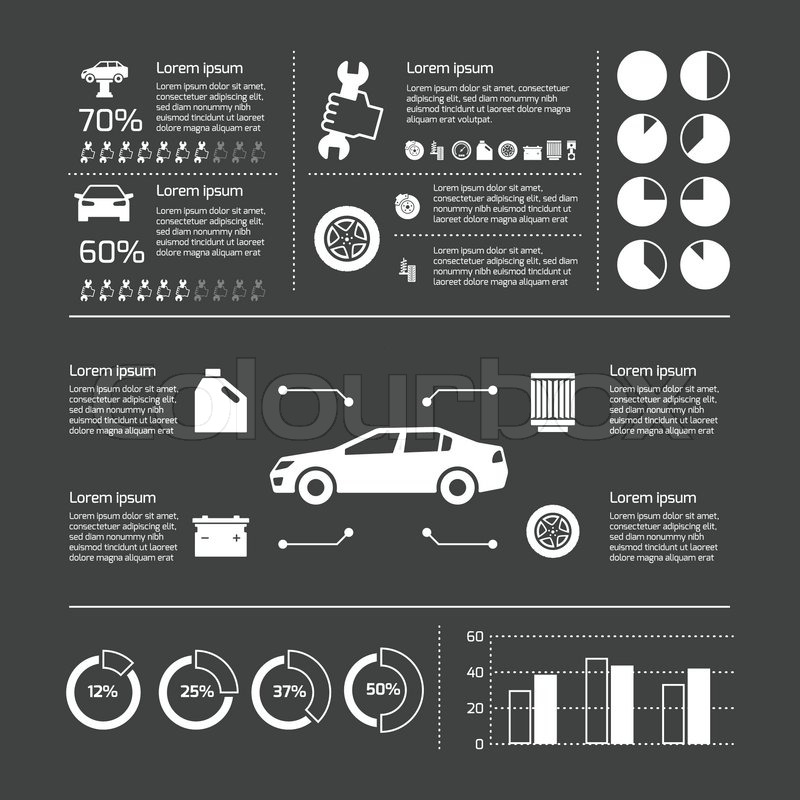Analyzing Your Car'S Warning Indicators: What They Truly Communicate
Analyzing Your Car'S Warning Indicators: What They Truly Communicate
Blog Article
Content Writer-Sykes Forbes
When you lag the wheel, those glowing warning lights on your dashboard can be a little bit bewildering. Do you recognize what they're trying to inform you concerning your cars and truck's health and wellness? Understanding the importance of these lights is crucial for your safety and the durability of your lorry. So, the next time among those lights appears, wouldn't you wish to analyze its message precisely and take the essential steps to resolve it?
Common Warning Lights and Interpretations
Identify typical warning lights in your vehicle and comprehend their significances to make sure risk-free driving.
The most typical caution lights include the check engine light, which signals issues with the engine or discharges system. If this light comes on, it's essential to have your lorry checked without delay.
The oil pressure warning light suggests low oil stress, requiring immediate interest to stop engine damages.
A blinking battery light could suggest a defective billing system, possibly leaving you stranded otherwise attended to.
The tire pressure monitoring system (TPMS) light signals you to reduced tire stress, affecting car stability and fuel effectiveness. Neglecting this might result in harmful driving problems.
The abdominal light indicates an issue with the anti-lock braking system, jeopardizing your capability to stop quickly in emergency situations.
Last but not least, the coolant temperature warning light warns of engine getting too hot, which can cause extreme damage if not dealt with swiftly.
Comprehending these usual caution lights will certainly assist you attend to issues without delay and maintain safe driving problems.
Value of Prompt Focus
Understanding the usual caution lights in your auto is only the very first step; the significance of without delay addressing these cautions can not be emphasized enough to ensure your security when driving.
When a caution light illuminates on your dashboard, it's your automobile's means of communicating a prospective issue that needs attention. Overlooking these cautions can bring about more extreme issues down the road, endangering your safety and security and potentially costing you much more in repairs.
Trigger interest to warning lights can protect against break downs and mishaps. For example, a blinking check engine light could indicate a misfire that, if left neglected, might cause damages to the catalytic converter. Addressing https://www.cbtnews.com/should-your-service-department-consider-using-automated-vehicle-inspections/ can save you from a costly repair service.
Likewise, a brake system alerting light may signal reduced brake liquid or used brake pads, vital parts for your safety and security when driving.
Do It Yourself Troubleshooting Tips
If you observe a warning light on your control panel, there are a couple of do it yourself fixing tips you can try before seeking professional help.
The initial step is to consult your cars and truck's manual to recognize what the certain caution light shows. Sometimes the concern can be as basic as a loosened gas cap setting off the check engine light. Tightening up the gas cap may fix the issue.
One more usual concern is a reduced battery, which can activate numerous advising lights. Checking the battery connections for corrosion and ensuring they're safe could take care of the trouble.
If a warning light lingers, you can try resetting it by separating the vehicle's battery for a few minutes and then reconnecting it. In https://dantetkasi.develop-blog.com/37855517/check-out-the-crucial-patterns-that-are-set-to-alter-the-future-of-car-repair-service-including-the-proliferation-of-electric-automobiles-and-the-adoption-of-expert-system , examining your automobile's liquid degrees, such as oil, coolant, and brake fluid, can assist troubleshoot warning lights related to these systems.
Final thought
In conclusion, understanding your car's warning lights is vital for maintaining your car running efficiently and safely. By promptly addressing these signals and recognizing what they mean, you can avoid pricey repair services and prospective malfunctions.
Bear in mind to consult your vehicle's handbook for particular information on each advising light and act as necessary to guarantee a trouble-free driving experience.
Remain notified, stay secure on the road!
